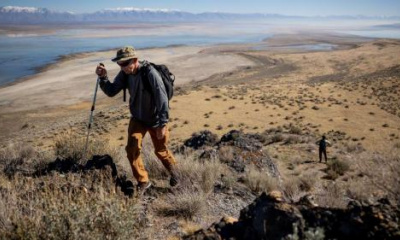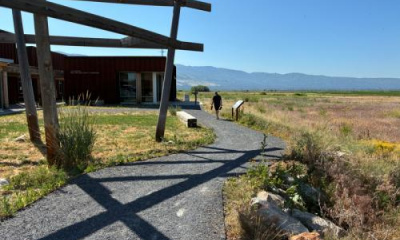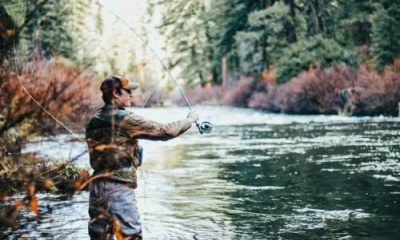PRESTON, Idaho — About 400 volunteers on Saturday played a special role in transforming a sacred space and giving it new life.
“We’re at the Bear River Massacre site," explained Brad Parry, the vice chairman of the Northwestern Band of the Shoshone Nation. "On Jan. 29, 1863, soldiers from Fort Douglas came and massacred our people, about 500. We purchased the land back in 2018."
About four miles north of Preston, Idaho, volunteers planted native trees. Parry said it’s part of a larger ecological project — but also a way to take away some of the suffering associated with the land.
“We remove all these invasive species — they’re called invasive for a reason — and bring back the natural. The environment starts to change, that water starts to become cleaner, it starts to become more plentiful, wildlife comes back,” Parry said.
In just one day, volunteers planted around 8,500 trees in that area. They planted trees like Freemont cottonwoods, choke cherries, cat tails and willows. By the time the project is done, there will be over 300,000 new trees for everyone to be able to experience.
“When we put out the call to have volunteers, we thought, 'Will we get 20? Will we get 30?'" Parry said. "We have between three and four hundred, and that’s probably the most pleasing part."
Some of the volunteers were part of the Youth Coalition for the Great Salt Lake. They made the trip bright and early to do their part to help the environment and planted trees alongside everyone else who took time out of their day to be there and make a difference.
“We’re here as a show of solidarity in our shared mission of environmental stewardship. This helps advance our objectives of bringing water to the lake,” explained Liam Mountain La Malfa, the youth founder of the coalition. “We want to make sure that we can use our powerful voices to advocate for change now, so we can continue to live in this wonderful state.”
Parry added that it’s invigorating to see people from all walks of life show up to help.
“They can drive their kids here and say ‘I planted that tree right there,’ and that’s what that means to us. All these people can come back, and it helps keep our story alive, and it helps remind people that the Northwestern Band of the Shoshone people are right here," he said.








